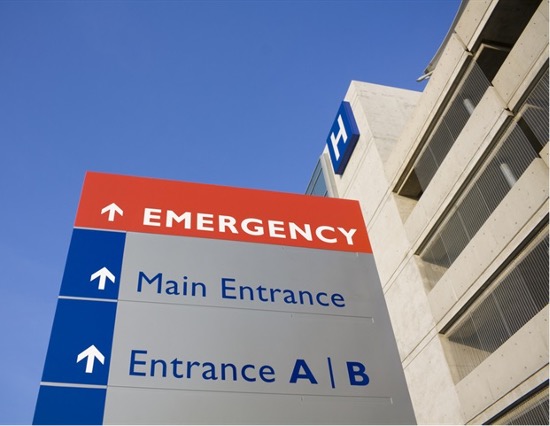Long-term acute care hospital closures may have unintended consequences for patient care
November 23, 2023
Source: drugdu
 481
481

Long-term acute care hospitals (LTCHs) are common sites of post-acute care for patients recovering from severe respiratory failure requiring long-term mechanical ventilation. Because of longer lengths of stay compared to regular, short-stay hospitals, the Centers for Medicare and Medicaid (CMS) reimburses LTCHs at higher rates. However, since 2005, CMS implemented a series of reforms designed to restrict their growth and curb spending resulting in many LTCH closings.
While it was unclear whether these closures affected patient care patterns at short-stay hospitals and overall patient outcome, a new study from researchers at Boston University Chobanian & Avedisian School of Medicine, has found that discharge patterns changed while overall spending on mechanically ventilated patients decreased following LTCH closures.
According to the researchers, CMS payment reform was intended to divert less-sick, less-complex patients from higher-cost LTCHs to lower-cost skilled nursing facilities, while reserving LTCHs for complex patients like those on prolonged mechanical ventilation.
Anica Law, MD, MS, corresponding author assistant professor of medicine, Boston University Chobanian & Avedisian School of Medicine, said, "But because the downstream effect was for some LTCHs to close entirely, we found that LTCH closures affected some in-hospital and discharge practices in unintended ways. For example, at hospitals that depended on a closing LTCH, people receiving prolonged mechanical ventilation were discharged to skilled nursing facilities more often. These are patients that CMS reform intended to keep at LTCHs, and it's not known if skilled nursing facilities are as well-equipped to handle the complexities of long-term mechanical ventilation."
To estimate how CMS payment reform and subsequent LTCH closures might affect hospital practice patterns and patient outcomes, the researchers identified all the LTCHs that closed in the last decade. They then compared outcomes at hospitals that had a close relationship with a closing LTCH (in the year before and after LTCH closure) to matched hospitals that did not use closing LTCHs. While most hospitals were not impacted by LTCH closure, those who were saw fewer LTCH transfers and decreased spending on mechanically ventilated patients. Further, among patients who required prolonged mechanical ventilation, code status changes to "do not resuscitate" (DNR) also increased, possibly related to the decrease in post-acute facility availability for long-term care. They did not see significant changes in mortality.
"It's reassuring that mortality did not change after LTCH closures, but it will be important to explore whether there are other important differences in outcomes, such as complication rates, patient/family satisfaction, and functional rehabilitation because of changes in discharge location. It's also important to explore whether increases in DNR rates are actually what patients and their families want, or if that happens due to pressures from having fewer discharge options," added Law, who also is a pulmonary and critical care physician at Boston Medical Center.
These findings appear online in JAMA Network Open.
Funding for this study was provided by the National Institute of Health (NIH)/National Heart, Lung, and Blood Institute (NHLBI) K23HL153482, National Center for Advancing Translational Sciences (NCATS) 1KL2TR001411, the Doris Duke Charitable Foundation, the Boston University Evans Junior Faculty Merit Award, and the Boston University Chobanian & Avedisian School of Medicine Department of Medicine Career Investment Award.
Source:
https://www.news-medical.net/news/20231121/Long-term-acute-care-hospital-closures-may-have-unintended-consequences-for-patient-care.aspx
Read more on
- Phase III Clinical Trial of Recombinant Staphylococcus Aureus Vaccine Progressing Normality January 21, 2026
- Its drug marketing application for injectable iza-bren has been accepted January 21, 2026
- Kain Technology withdrew a drug registration application, resulting in a profit reduction of 111 million yuan in 2025 January 21, 2026
- Received Notice of Approval for Drug Clinical Trial January 21, 2026
- Breaking news! AstraZeneca to be delisted from Nasdaq. January 21, 2026
your submission has already been received.
OK
Subscribe
Please enter a valid Email address!
Submit
The most relevant industry news & insight will be sent to you every two weeks.



